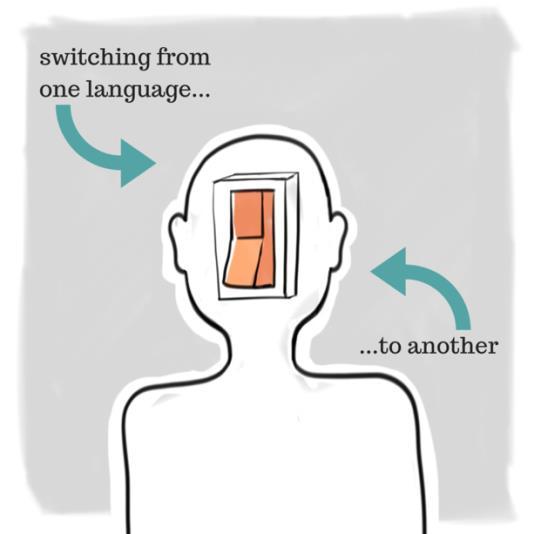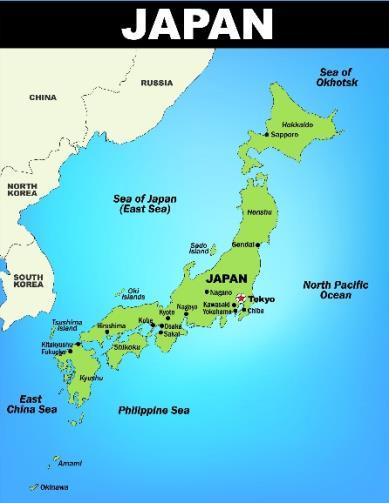
2 minute read
Italian
Code Switching
The term: ‘code-switching’ refers to the shift from one linguistic code to another, within the dialogue of a single speaker, in simpler terms: when a person changes language, once or more, during the same conversation. This shift can be either interphrasal (with the first sentence spoken in one language and the second in another) or intraphrasal (where the change between languages happens within one sentence) and occurs on a daily basis, often subconsciously, when a person knows both languages very well.
Advertisement
Even if the words: ‘between languages’ are often used when describing the phenomenon of code-switching, it would be better to use the term: ‘linguistic code’, as it can occur both between languages and dialects. This is often seen in Italy, due to the numerous local dialects, which are still frequently used alongside official Italian; but also in the case of immigration, where the immigrant learns a new language, yet continues to speak their mother tongue, either at home or with a small community. The fact that the majority of people around them are bilingual means that, through the frequent use of both linguistic codes, it becomes natural to shift, often for means of more efficient communication, from one code to another, even half way through a sentence. Due to a fluency in both linguistic codes, the result is still a coherent and flowing conversation, which is almost always grammatically correct, even if the two codes have very different structures and syntax. This is because the speakers have such a thorough understanding of the languages, that they subconsciously transition where there is a certain degree of overlap in the grammar of both codes.
Code-switching can also help to maintain a sense of identity when integrating into a new community, where the language spoken is different to the speaker’s mother tongue. In certain cases, over time, this mix between linguistic codes has also resulted in the formation of new languages and dialects, or at least the adoption of certain foreign words in various languages, demonstrated, for example, by the term: ‘trendy’: an english word that is now also widely used in Italian.
Lara D’Amico
年月を経た日本語方言の変遷
日本語は広く知られている言語で、21世紀初頭には1億 2,700万人以上の人々が日本語を話し、主に日本列島で 使用されています。深い谷、高い山頂、6000以上の島 々を持つこの国の地理は、多くの自然の境界を創造し 、多数の方言が発展するのに役立ちました。さらに、 多くの地方それぞれが異なる期間の間お互いに交流か ら遠ざかったことも方言の発展につながりました。日 本語の方言は、語彙、文法、抑揚、ピッチのアクセン ト、そして’が'と'は'の助詞の使用が大きく異なります 。 多くの場合これらの方言は互い理解不能であり、例え ば九州の鹿児島方言を話す人が本州の方言を理解でき ないのが普通です。日本の方言学者は、琉球諸国から の沖縄方言と本土方言の間に大きな境界があると結論付けています。後者には、日 本東部、日本西部、九州の方言が含まれます。福岡の「博多弁」や、助詞の不使用 で有名な「大阪弁」や、芸者文化との歴史的なつながりなどにより、より女性的と 考えられる方言「京都弁」などがある。ほかにも「仙台弁」、「名古屋弁」、「北 海道弁」、「広島弁」もあります。宮城県では「仙台弁」が多く使われ、この地域 のほとんどの方言は標準日本語とは大きく異なります。方言と各地域の人々の特徴 、彼らの言葉がどのように表現されるかなど様々なステレオタイプで語られること が多く、これはメディアを通じて示されています。東京から来た人はおおよそ中立 、大阪人はおしゃべりでユーモラスな人、九州人は熱い情熱を持ち、最後に東北や 札幌などの地域の人々は「田舎もの」として提示されます。 第二次世界大戦前である半世紀前から、政府が施行した東京弁に基づく標準日本語 の形成により言語統一が実現されました。標準化された文語が形成され、1886年以 来、義務教育の特徴を作りました。このため、東京に近い地域の方言は、通常、理 解しやすいです。その後各地方の方言の差異は、現代のモビリティとマスメディア の助けを借りて克服されてきましたが、これはまた、日本文化のユニークな部分で ある地元の方言を急速に失っていることを意味します。










